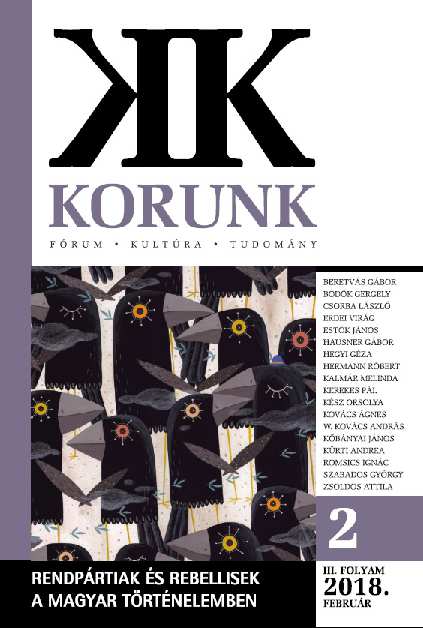Megjegyzések az 1437–1438. évi parasztfelkelés történetéhez
On the History of the Peasant Revolt of Bobâlna
Author(s): Géza Hegyi, András W. KovácsSubject(s): 15th Century
Published by: Korunk Baráti Társaság
Keywords: peasant revolt; 1437-1438; Transylvania
Summary/Abstract: The peasant revolt of 1437-1438 is one of the most researched moments of medieval Transylvania. The present study modifies the current literature on the topic on three accounts. 1) The Nădaş parts, the segment of the Land of Călata which stretches along the river Nădaş, cannot be regarded as one of the centres of the revolt. The uprising barely extended to Alba and Turda counties and did not reach Târnava county at all. 2) The second battle between the peasants’ troops and the voivode’s army took place probably near Apatiu but surely not in the valley of the Someşul Mic river as stated by earlier literature. The mistaken data was based on a diploma assumed to have been issued by Transylvanian vice-voivode Lóránd Lépes Váraskeszi on September 30, 1437, which however has turned out to be one of the forgeries of count József Kemény (1795-1855). 3) The scene of the fraterna unio established on September 16, 1437, the market-town Cãpâlna, has been mistakenly identified as the settlement Căpâlna, nearby Dej, in Solnocul interior county. Based on further research into the settlement history of Transylvania, it can be stated that the Union was formed in what is today known as Căpâlna de Sus, in Târnava county.
Journal: Korunk
- Issue Year: 2018
- Issue No: 02
- Page Range: 18-24
- Page Count: 7
- Language: Hungarian

